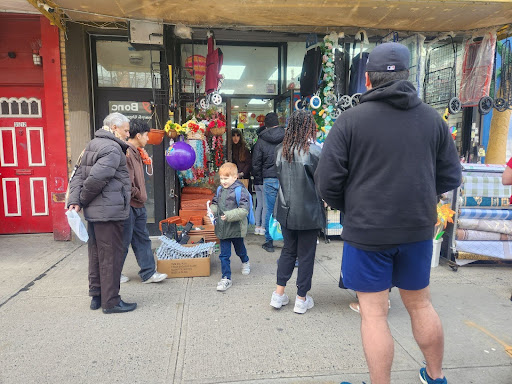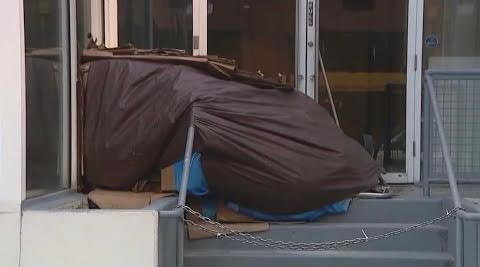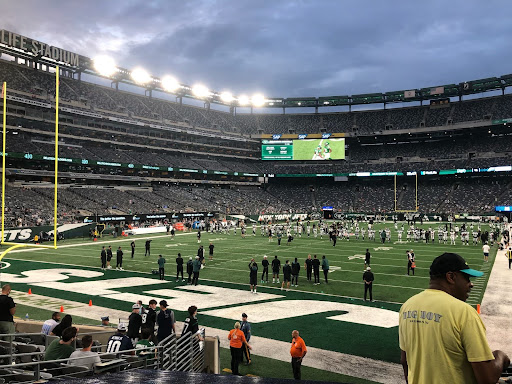
Torch Photo/Malak Kassem
After four years of construction, the tallest building in Queens, the Orchard, is set to open to renters by 2026. According to the Long Island City Post, the 70-story structure will have nearly 800 units, with about one-third offered as low-income housing. There will be a fitness center, basketball court, swimming pool, podcast room and many more luxury amenities.
Make no mistake, this will be a fancy development.
Rent prices at the Orchard are not available yet, but we can make a solid guess at how high they might be.
Trulia, an online real estate market site, lists a studio apartment at a neighboring Long Island City apartment building called Watermark, for $3,350 each month. This is also a luxury development. But it doesn’t seem like it reached Orchard levels.
Amenities include a fitness center, bike storage and an outdoor grilling area, but no swimming pool or podcast room. It’s also about seven years old, which most likely knocks off a few bucks.
But Queens is a very unique place. Luxury buildings with lavish amenities do not define it. Developers have mistaken it for the island across the East River.
Queens is home to more than two million people. According to Census Reporter, the median income is about $81,000 per year, but 32% of residents have an annual income of less than $50,000. Even if we assume that every resident earns this much and is charged $3,350 monthly for a studio, like at the Watermark, about half of their income will solely go toward rent.
Let’s set the record straight: Queens is a renters’ town. Nearly 55% of residents rent out their homes. They don’t deserve half of their labor to go toward an apartment they might never own.
It’s also important to remember that not every studio reaches the sticker price at the Watermark. Many one or two-bedroom apartments don’t either. But with every new Watermark or Orchard development, Queens is catering more and more to white-collared Manhattanites, to whom a $3,350 per month studio is a relief to their wallets.
Queens is the opposite of the white-collared Manhannites.
Only 35% of residents earned a Bachelor’s degree or higher. More than 60% of Manhattan residents do. The borough is very family-oriented, which means that many won’t be needing a studio, but at least a one-bedroom apartment. About 50% of Queens residents are married. Nearly 20% are under the age of 18 and the same ratio is over 65.
People need their space. And Queens has it. But more 70-story high rises will keep shrinking it.
The residential landscape is changing. While it might seem rational that Long Island City gets affected first because it’s closest to Manhattan, overwhelming costs will affect the rest of the borough in a mere few years.
Residents need to speak out now to preserve the working-class, diverse population that will only exist if Queens remains affordable.









